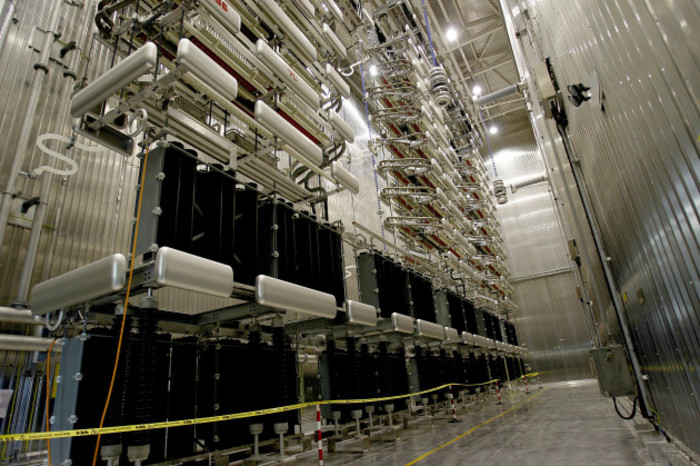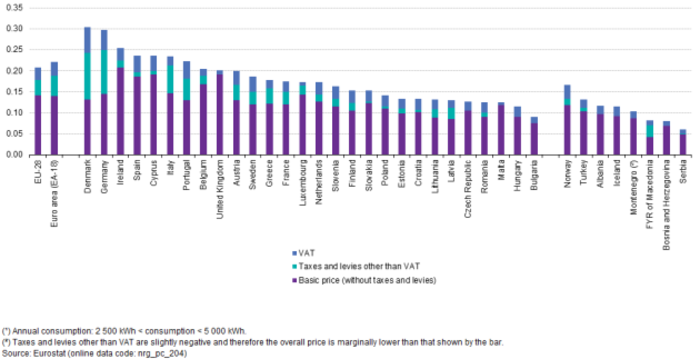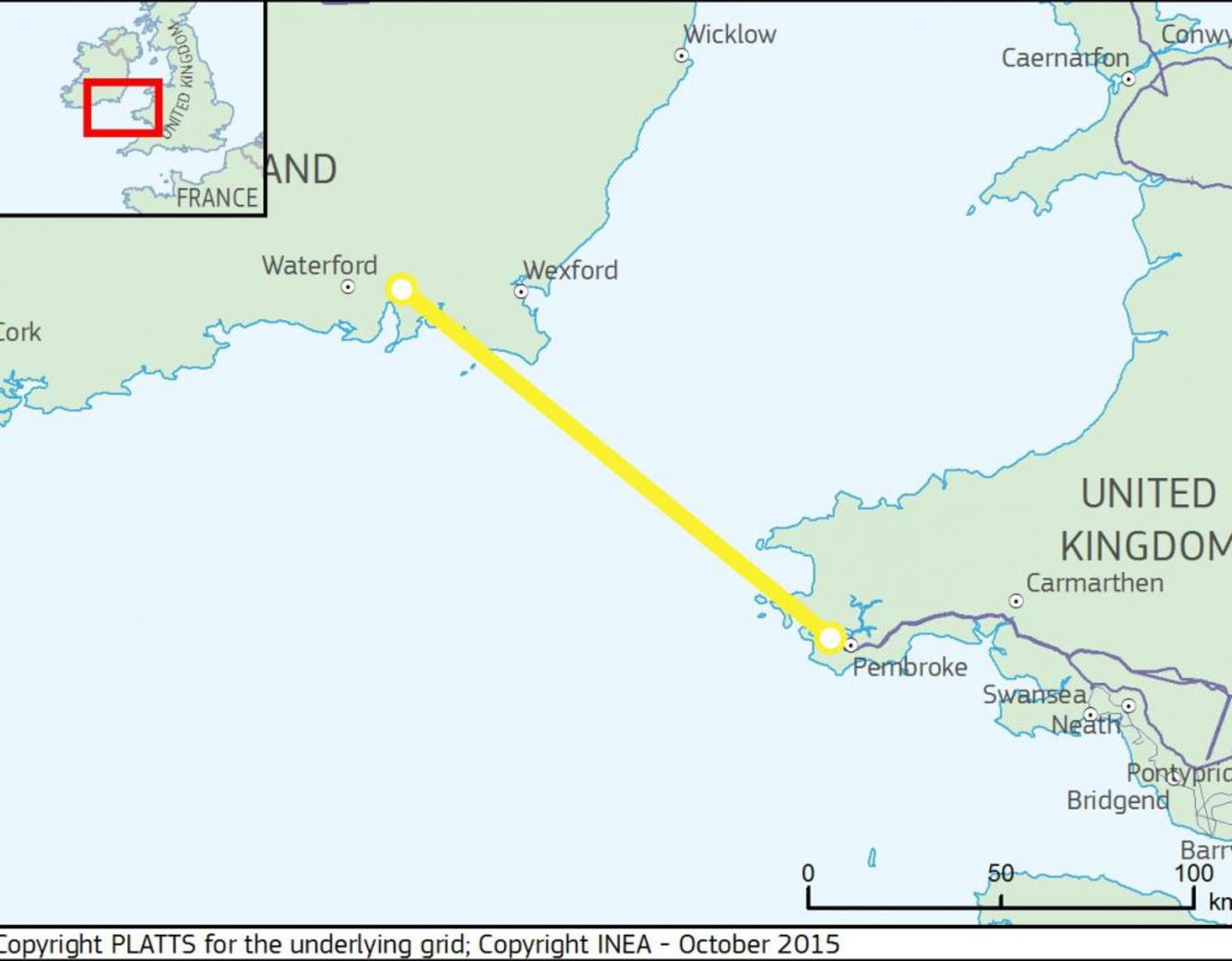A giant new power cable to the UK could save us €1 billion
Element Power Ireland wants to start building the Greenlink interconnector by 2018.
THE DEVELOPER BEHIND a massive electricity interconnector between Ireland and the UK, which could save consumers and businesses here hundreds of millions of euro, hopes to start work on the project by 2018.
The proposed cable, dubbed Greenlink, will have a capacity of 500 megawatts (MW) – enough energy to power about 300,000 homes.
Development is being spearheaded by Element Power, a UK firm that develops wind and solar power farms. The company estimates that the connector could provide up to €1 billion in savings to Irish energy consumers during its 25-year lifetime.
Speaking to Fora, Element Power Ireland chief technical officer Peter Harte said the billion-euro figure was an “early estimate” based on the trade between the UK and Irish power markets.
“There are also lots of indirect benefits of the interconnector such as security of energy supply,” he said.
“We would hope to get planning sometime in 2017, get into construction in 2018 (or) 2019. Construction would take about two years (so) we would hope it would be operational by about 2020, 2021.”
Element Power Ireland began discussions with Wexford County Council on the cable, which would run between Great Island in Wexford and the Welsh town of Pembroke, at the start of the year.
Greenlink would connect Ireland’s Eirgrid system to the UK’s National Grid, further linking the two electricity markets. It would be the second interconnector between the two countries, following on from the 500MW East-West Interconnector that was officially opened in September 2012.
The East-West cable, which cost about €560 million and runs between Deeside in north Wales and Meath, was the largest single piece of energy infrastructure to be built in Ireland since the Ardnacrusha Hydroelectric Power Station was opened in 1929.
 The valve room of the East-West Interconnector in Co Meath
The valve room of the East-West Interconnector in Co Meath
Savings
An analysis by Eirgrid found that wholesale electricity prices would have been 9% higher during the East-West link’s first full year of operation if it had not been in place.
It is hoped that Greenlink could provide further savings on wholesale electricity prices, which should lead to a reduction in costs for both residential and commercial consumers.
Ireland’s energy watchdog, the Commission of Energy Regulation (CER), has to approve the project for it to go ahead. A spokesman for the CER said it will be assessing Greenlink this year and “expects to publish a paper on this in the next number of months”.
A spokeswoman for the Department of Energy said that although there is no clarity yet on how the regulator will view the project, “this project has the potential to enhance our security of supply and increase our level of electricity interconnection”.
Electricity prices for Irish consumers were the third highest of any country in the EU as of the end of 2014, according to the most-recent Eurostat figures.
 European residential electricty prices in € per kWh
European residential electricty prices in € per kWh
Click here for a larger version
UK regulator Ofgem was initially reluctant to back the project as it said it could not see a large enough benefit for UK consumers.
However, after re-evaluating the project Ofgem decided to give in-principle approval for a “cap and floor regime”, which regulates how much money Element Power can earn on the project.
Funding
Element Power, which is backed by Hudson Clean Energy, one of the world’s largest renewable-energy focused private equity outfits, will be responsible for pulling together funding for the project. Large wholesale energy traders will pay for the use of the cable once it is completed.
Harte said he expects the cable will cost a similar amount to the East-West Interconnetor, putting the total pricetag in the range of €600 million.
The company has applied for funding from the EU, which supplied the East-West project with a grant of slightly over €100 million. Harte says Element “would be happy with” a grant of a similar size for Greenlink.
He said that the project has also received “strong interest” from infrastructure funds, which could provide additional sources of finance.






